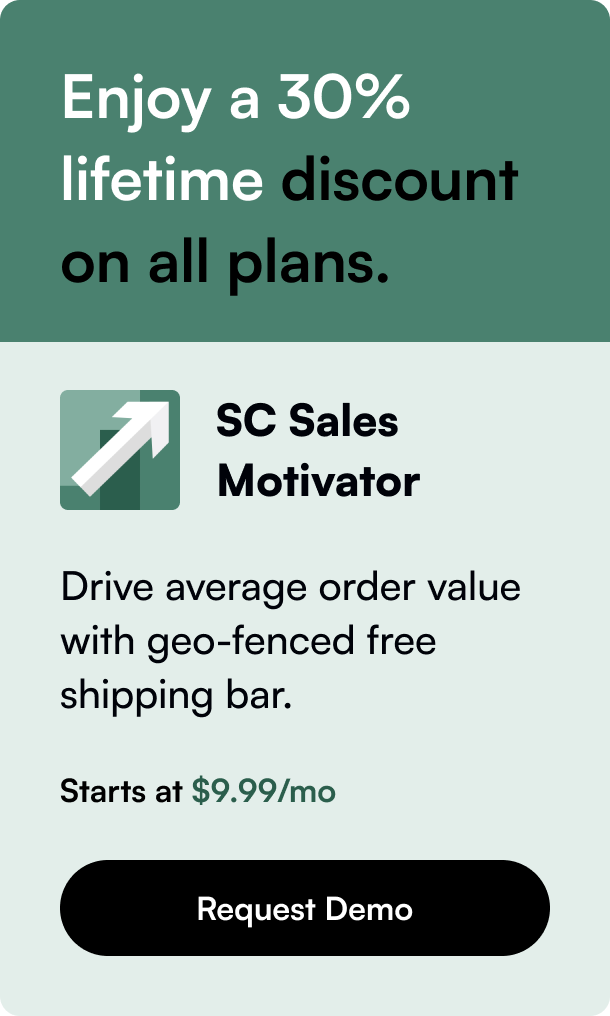Table of Contents
- Introduction
- Understanding Image Optimization for Shopify
- How to Reduce Your Shopify Images’ Megapixel Size
- Best Practices for Shopify Image Optimization
- Conclusion
- FAQs
Introduction
Did you know that something as simple as resizing your images could significantly enhance the speed and performance of your Shopify store? Yes, that's right. In today's fast-paced digital world, the quicker your e-commerce site loads, the happier your customers are, and the happier customers are, the more likely they are to make a purchase. This brings us to the critical task of managing the megapixel size of your Shopify images. But why is this process so essential, and how exactly do you go about it without sacrificing image quality? This comprehensive guide is designed to demystify the process, helping you understand why and how to effectively reduce megapixel size for Shopify, ensuring your images are perfectly optimized for fast loading times while retaining their allure.
Navigating through image optimization can be daunting, but fear not! By the end of this post, you'll grasp the nuances of resizing images, understanding the balance between quality and size for optimal website performance. We'll cover practical tips, recommended tools, and step-by-step instructions to ensure your images are not just visually pleasing but also performance-optimized. Let’s dive in.
Understanding Image Optimization for Shopify
Image optimization involves resizing, compressing, and sometimes even changing the format of your images to ensure they load quickly without compromising on quality. Shopify recommends keeping image resolutions within specific limits to maintain swift site loading times, essential for improving user experience and bolstering SEO rankings.
Why Image Size Matters on Shopify
- Speed: Larger images take longer to load, which can slow down your website, leading to a poor user experience.
- SEO: Search engines favor faster sites, meaning optimizing your images can help improve your store’s search engine ranking.
- User Engagement: High-quality, well-optimized images enhance visual appeal, encouraging greater user engagement.
The Role of Megapixels in Image Optimization
Megapixels determine an image’s resolution. One megapixel equals one million pixels. Shopify's platform has a 20-megapixel limit, meaning the total pixel count for any image should not exceed this number to ensure the platform can effectively manage and display the image without any issues.
How to Reduce Your Shopify Images’ Megapixel Size
Reducing your images' megapixel size doesn't have to be an overly technical or challenging process. Here’s how you can do it efficiently:
Using Shopify's Built-in Tools
Shopify offers a straightforward image resizer and optimizer tool. This built-in functionality allows you to upload your images and select the desired output size, automatically adjusting the megapixel size to fit Shopify’s recommendations.
Third-Party Apps and Online Tools
Several online tools and Shopify apps can help automate the resizing process:
- Photo Editors: Tools like Adobe Photoshop or the free software GIMP let you manually adjust the resolution and size of your images.
- Online Resizers: Websites such as TinyPNG or ImageOptim allow you to compress and resize images effortlessly.
- Shopify Apps: Apps like ImageOptimize and Crush.pics are available in the Shopify App Store, offering bulk image resizing and compression solutions.
DIY Methods: The Manual Approach
For those who prefer a hands-on method, here’s a quick guide to manually resizing images:
- Determine the Desired Size: Identify the optimal size for your Shopify images. A good rule of thumb is maintaining a width of 2048 pixels for product images.
- Resize Your Images: Use a photo editing tool to adjust the image size. Remember, the goal is to stay within the 20-megapixel limit.
- Maintain Aspect Ratio: Ensure the "Maintain aspect ratio" option is selected to avoid distorting your images.
- Save in the Right Format: Save your images in formats optimized for the web, such as JPEG or PNG.
Best Practices for Shopify Image Optimization
- Consistency is Key: Use the same aspect ratios and dimensions across all images for a uniform look.
- Quality vs. Size: Aim to find the perfect balance between image quality and file size.
- Regular Updates: Periodically review and optimize your images to ensure they meet the latest guidelines.
- Utilize Shopify’s Resources: Take advantage of Shopify's guidelines and tools designed to help you optimize your images efficiently.
Conclusion
Optimizing your Shopify images by reducing their megapixel size is a crucial step toward enhancing your store's performance. By following the step-by-step guide and best practices outlined above, you can ensure your images load quickly and look stunning, providing an optimal shopping experience for your customers. Remember, the goal is to strike the perfect balance between high-quality visuals and efficient site performance. With the right approach and tools, your Shopify store can achieve this balance, leading to better engagement, improved SEO, and ultimately, increased sales.
FAQs
Q: How often should I optimize my Shopify images? A: It’s a good practice to optimize your images before uploading them to your store. For existing images, periodic reviews every few months can help ensure they remain optimized according to the latest guidelines.
Q: Will resizing images affect their quality? A: If done correctly, resizing can significantly reduce file size without a noticeable loss in visual quality. Using the right tools and settings is key to maintaining image integrity.
Q: What’s the difference between resizing and compressing images? A: Resizing changes the dimensions of an image, while compressing reduces its file size by minimizing the amount of data. Both processes are essential for image optimization.
Q: Can I use Shopify’s image resizer for all my product images? A: Yes, Shopify’s image resizer is designed to work with product images, ensuring they meet the platform’s size and quality standards.
Q: Is there an optimal image size for Shopify stores? A: Shopify recommends using 2048 pixels in width for product images to ensure they look sharp on all devices without being too large to affect site speed.







